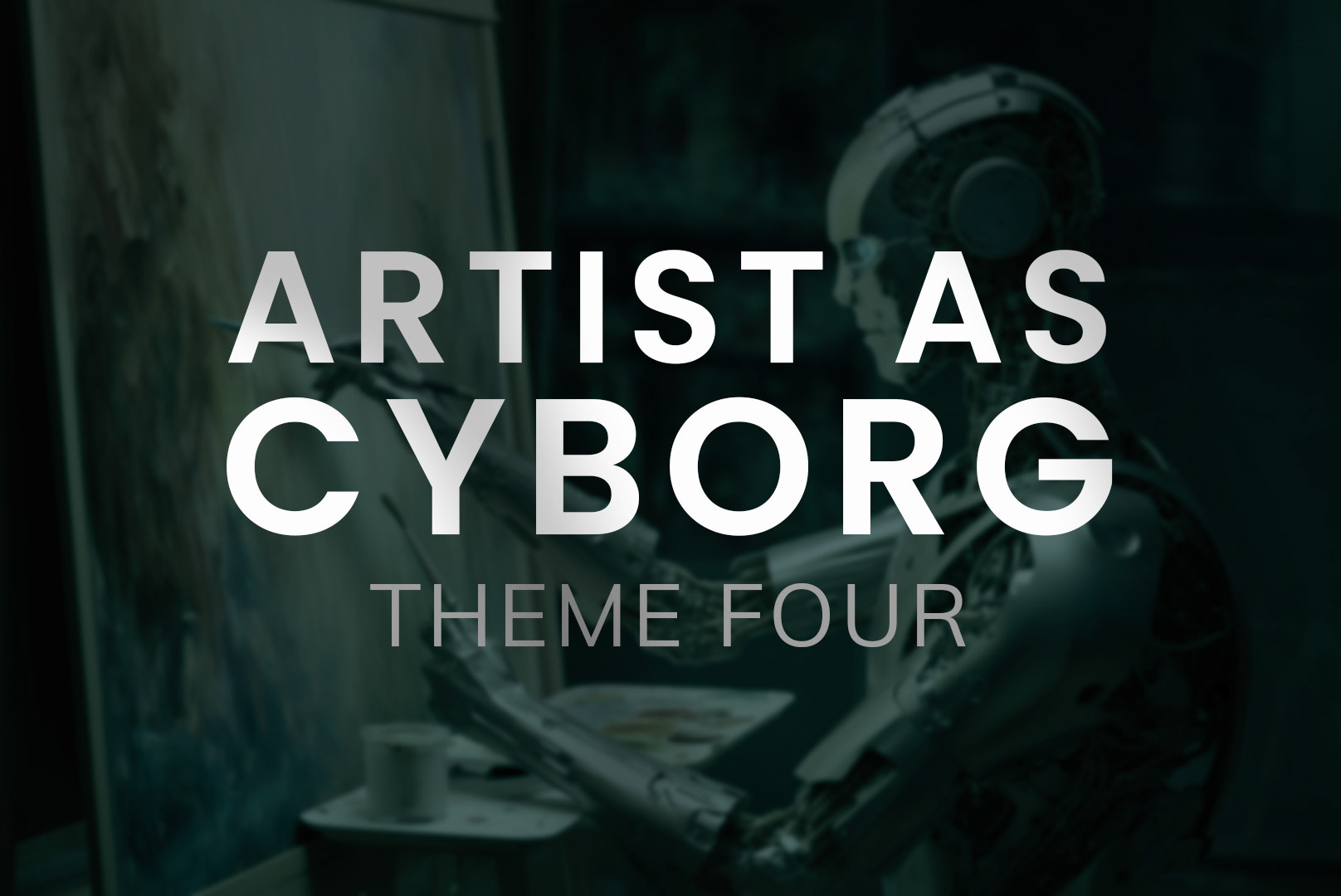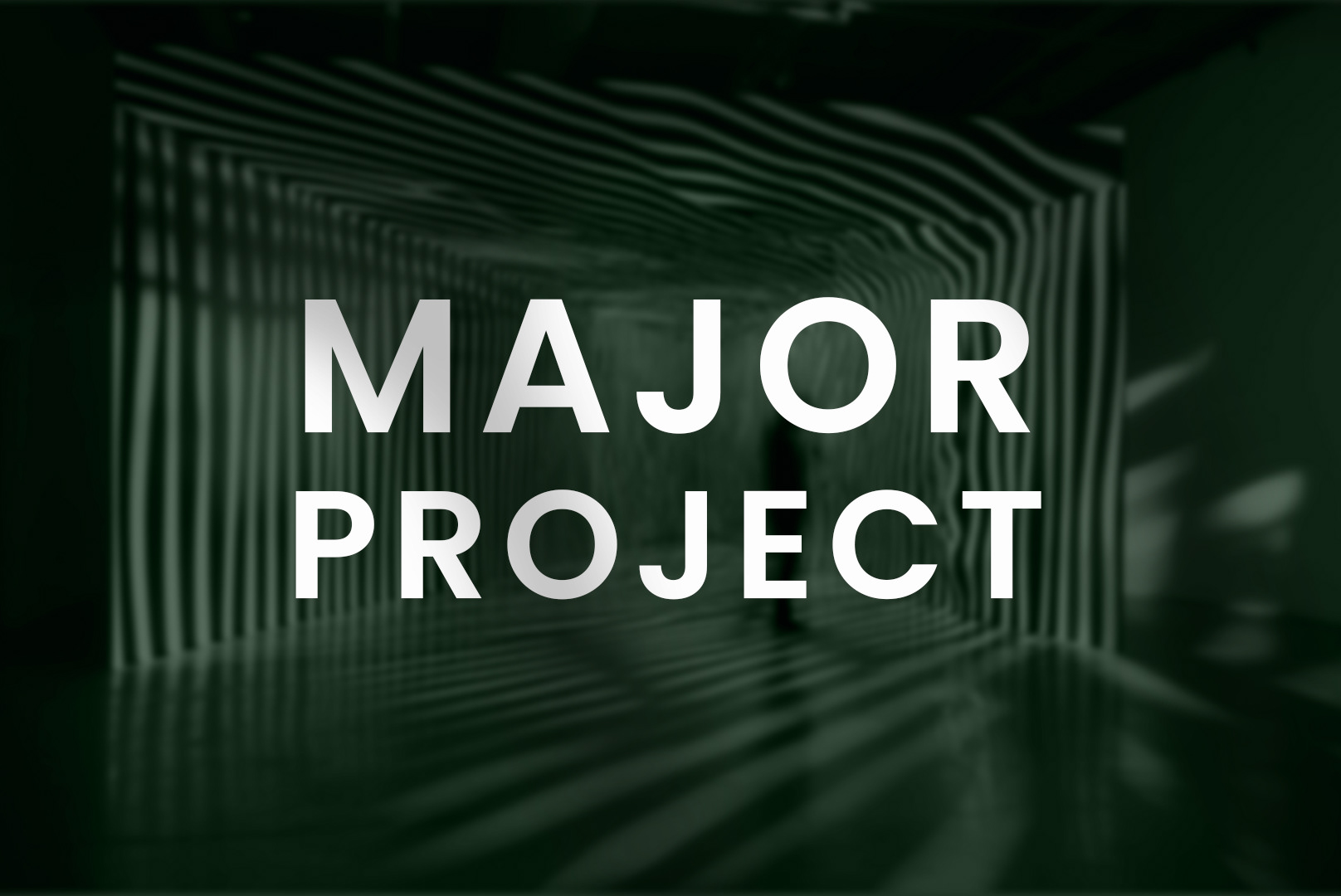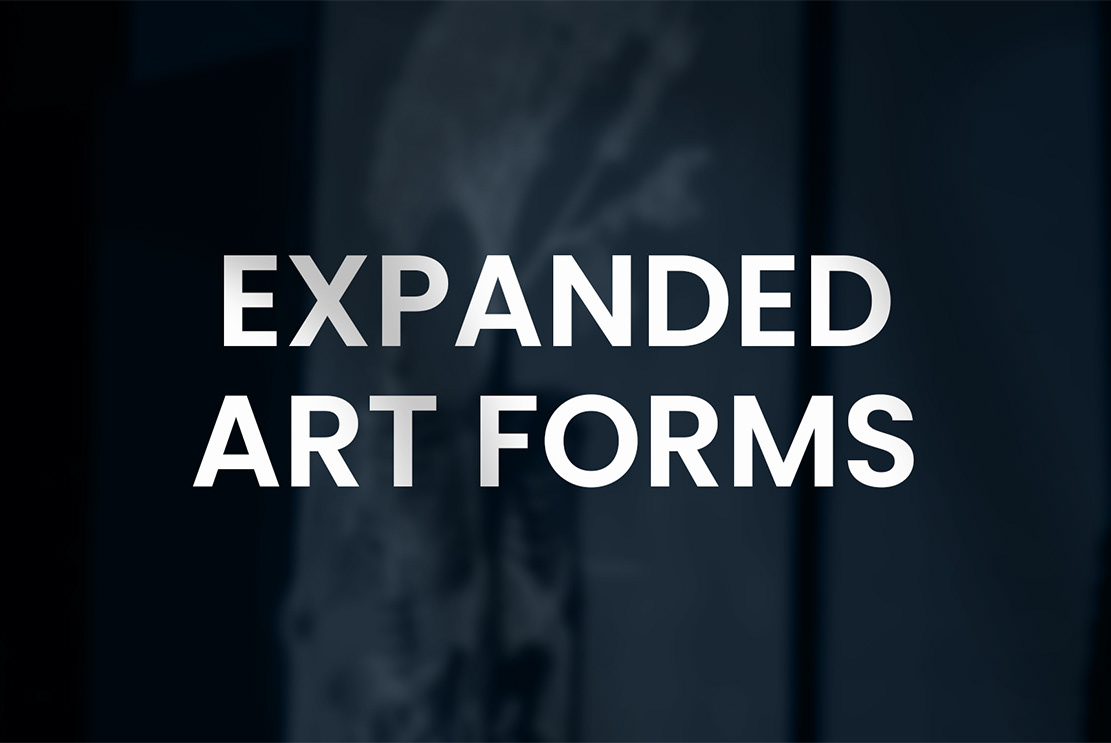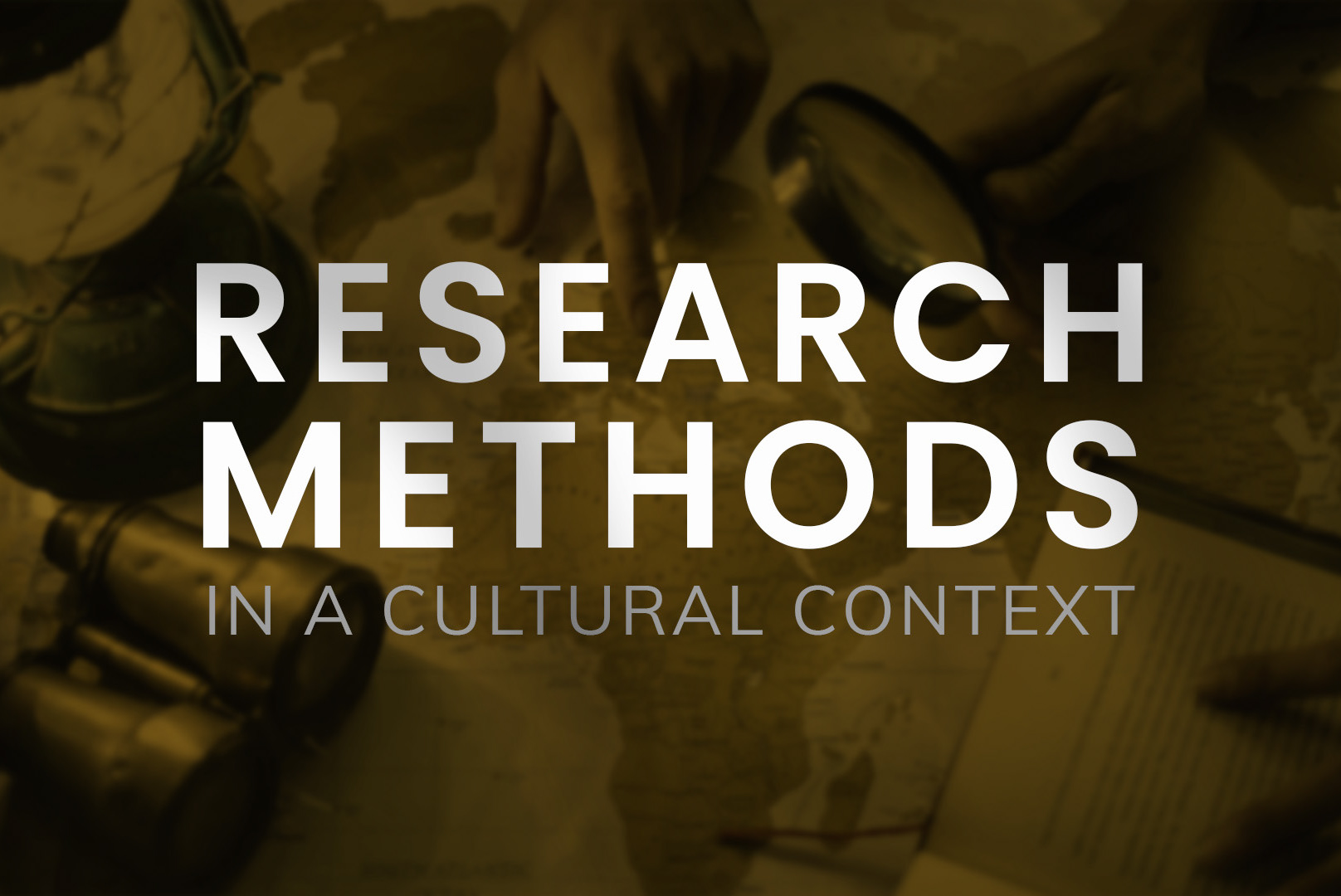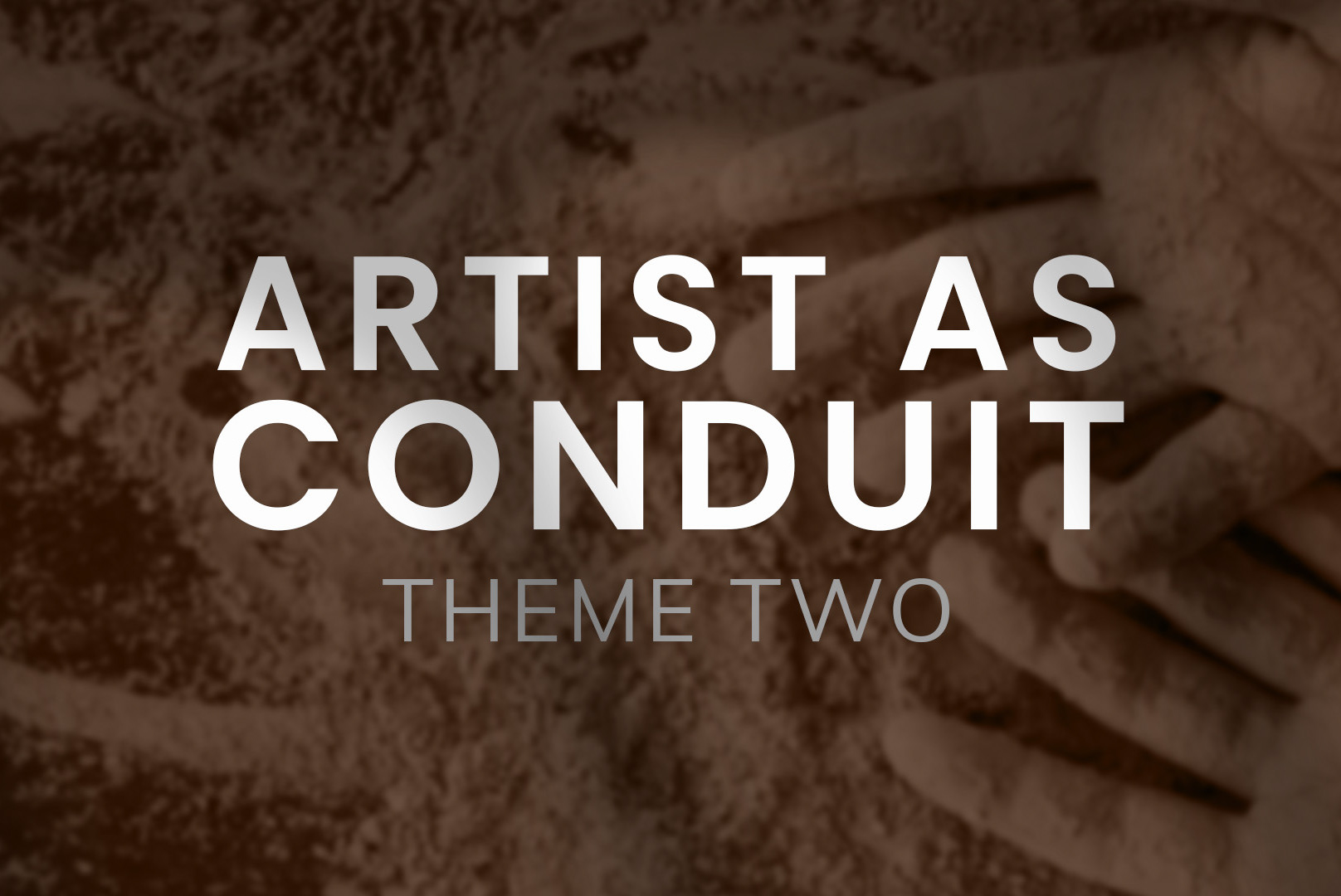The ‘Aesthetic and Practice’ course has really helped shape the way I approach Digital Arts. It’s given me a better understanding of contemporary practices and introduced me to new ideas that have pushed me to experiment more and think bigger with my work. Creating a research blog, presenting my ideas, and building a portfolio helped me develop my critical thinking and turn my ideas into something real. The technical classes were also really useful because I could focus on learning skills that actually support my creative goals. Overall, this course has given me the confidence and tools I need to move forward with my final major project feeling more prepared, inspired, and excited about what I can create.
Introduction
This page is all about my final artist publication Eggs Book created as the final piece for the Aesthetics and Practice course. It’s a project that really brings together everything I’ve explored over the past few months: learning new tools, trying out ideas that felt strange or funny at first, and slowly figuring out how I want to express things through my work.
The book itself is playful, a little surreal, and rooted in my own visual language. But underneath that, it’s also shaped by the five themes we explored in this module. Each of those themes gave me a different lens to see through, they helped me take something as simple as an egg and stretch it into a world of metaphors, quiet jokes, and unexpected reflections.
This publication is where it all comes together, the research, the drawings, the design decisions, and most importantly, the practice. It’s a book that came from the process of trying, failing, rethinking, and making.
A Day in Walton-on-the-Naze
Our trip to Walton-on-the-Naze was honestly one of those days that just felt… right. The air was fresh, the sea was calm, and the conversations we had walking along the beach were full of the kind of energy that makes you want to make something. I didn’t even expect it to be that inspiring, but it really was.
One of the main reasons for the trip was to visit The Nose Bookshop, a cozy little bookstore run by one of our tutors. I remember walking in and immediately feeling like I’d stepped into a space where art didn’t need to be loud or over-explained. There were shelves full of strange, beautiful, hand-made publications, some from established artist publishers, and some by students from our very own course, just a few years back. We got to hold these books, flip through them, talk about how they were made, and just… take them in. It was the kind of quiet learning I really appreciate.
Seeing all those publications made something click for me. I started to think about the book as a space. Not just for images, but for voice, humour, mood. Something physical that could hold the serious and the silly, and still feel like me.
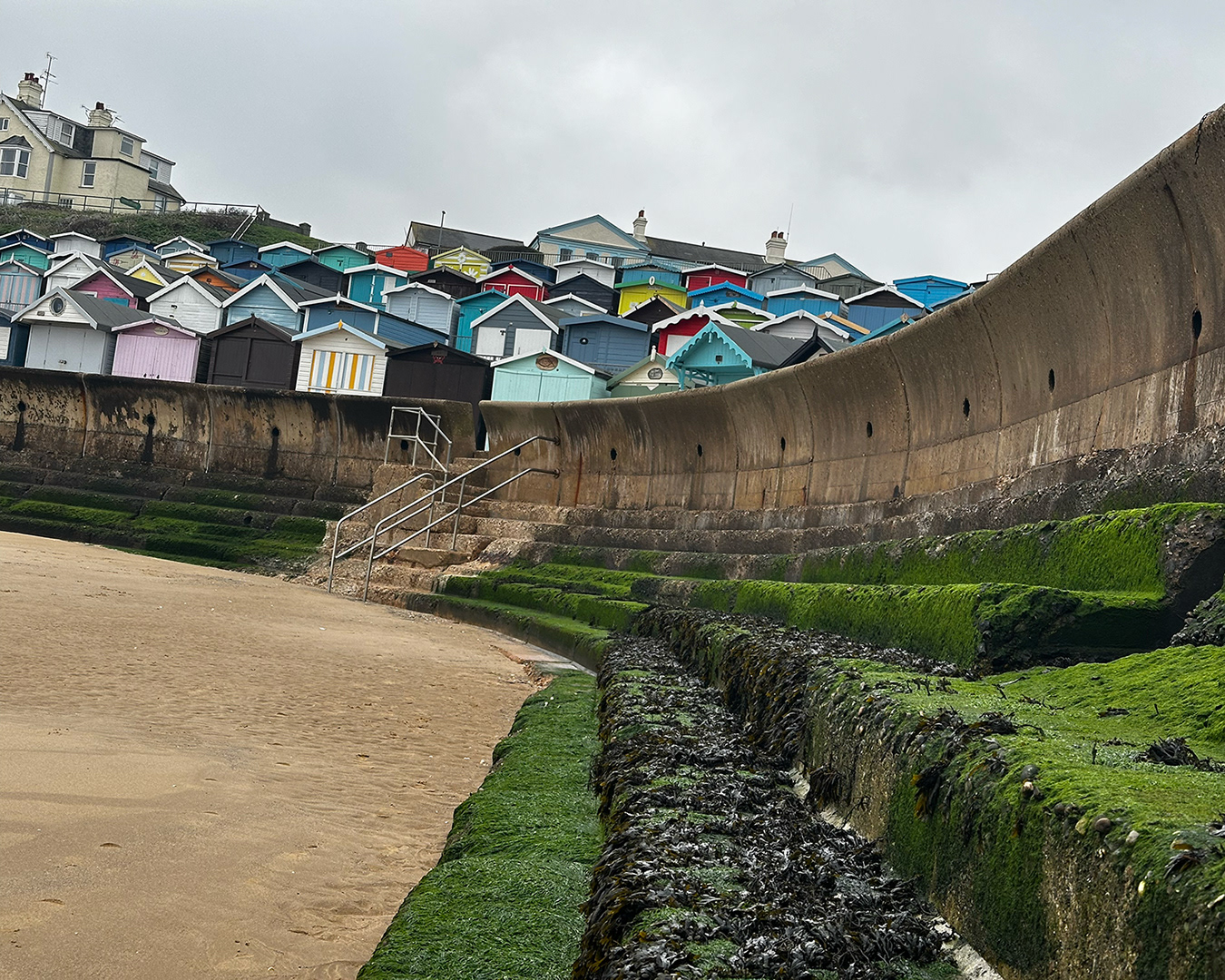
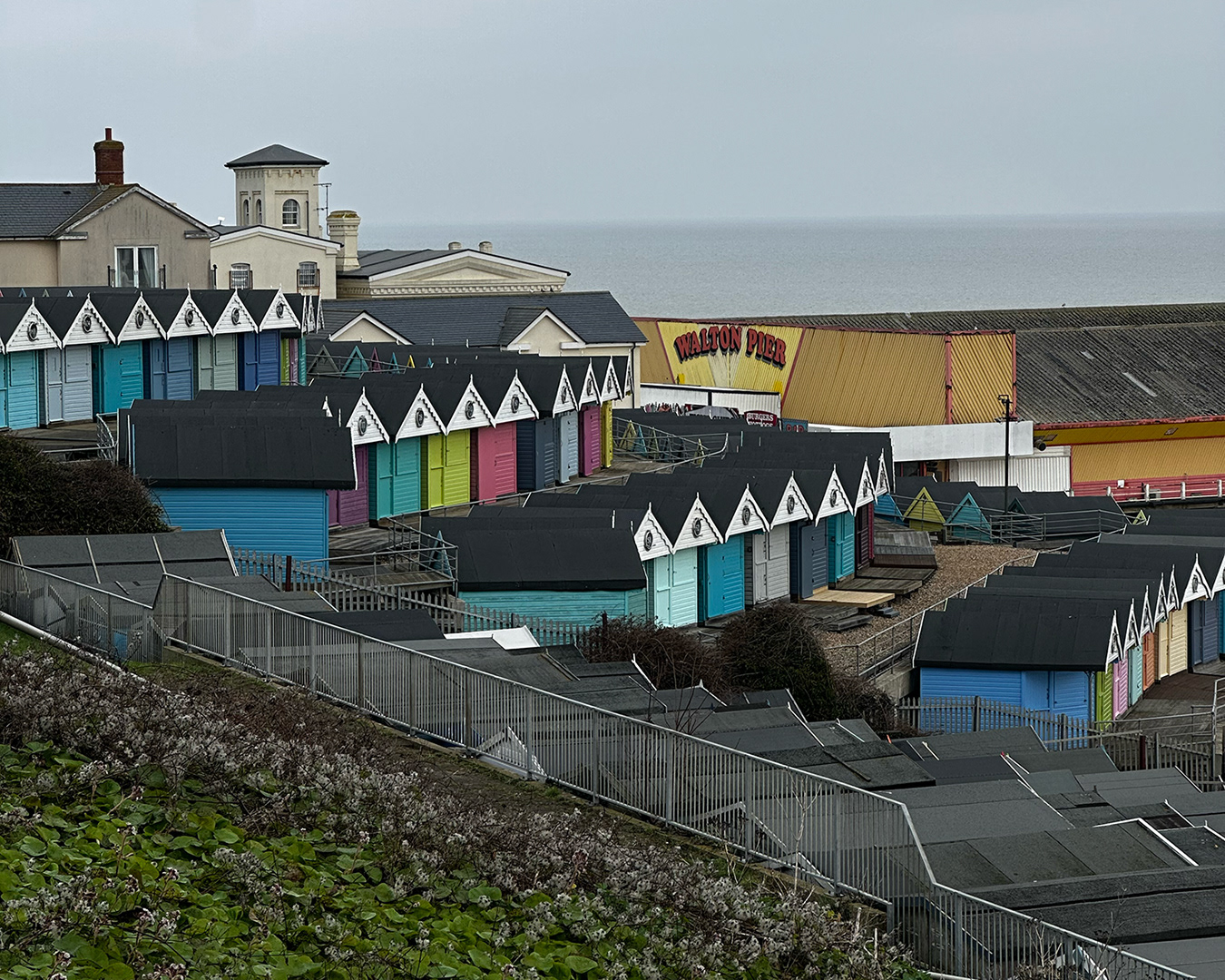
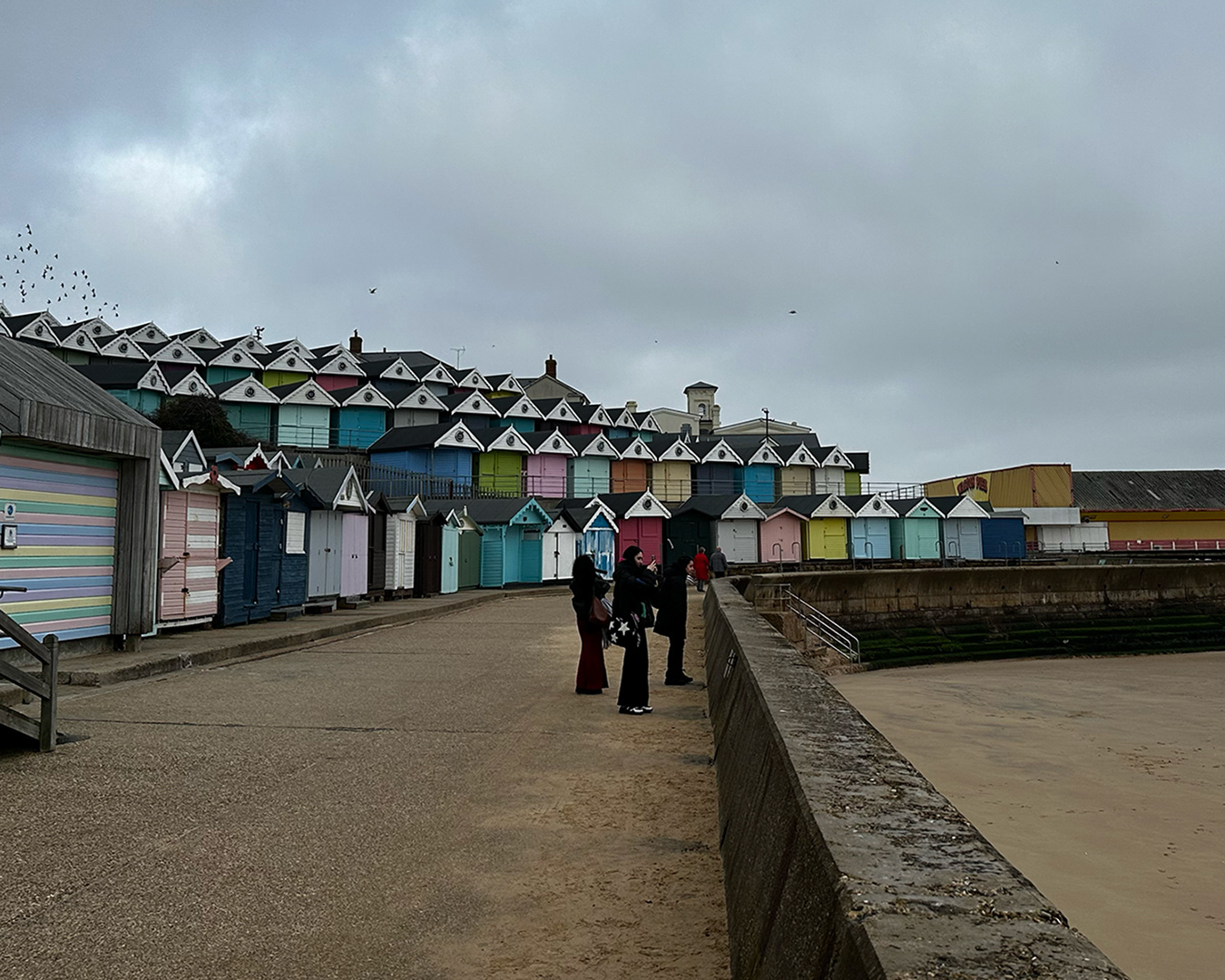
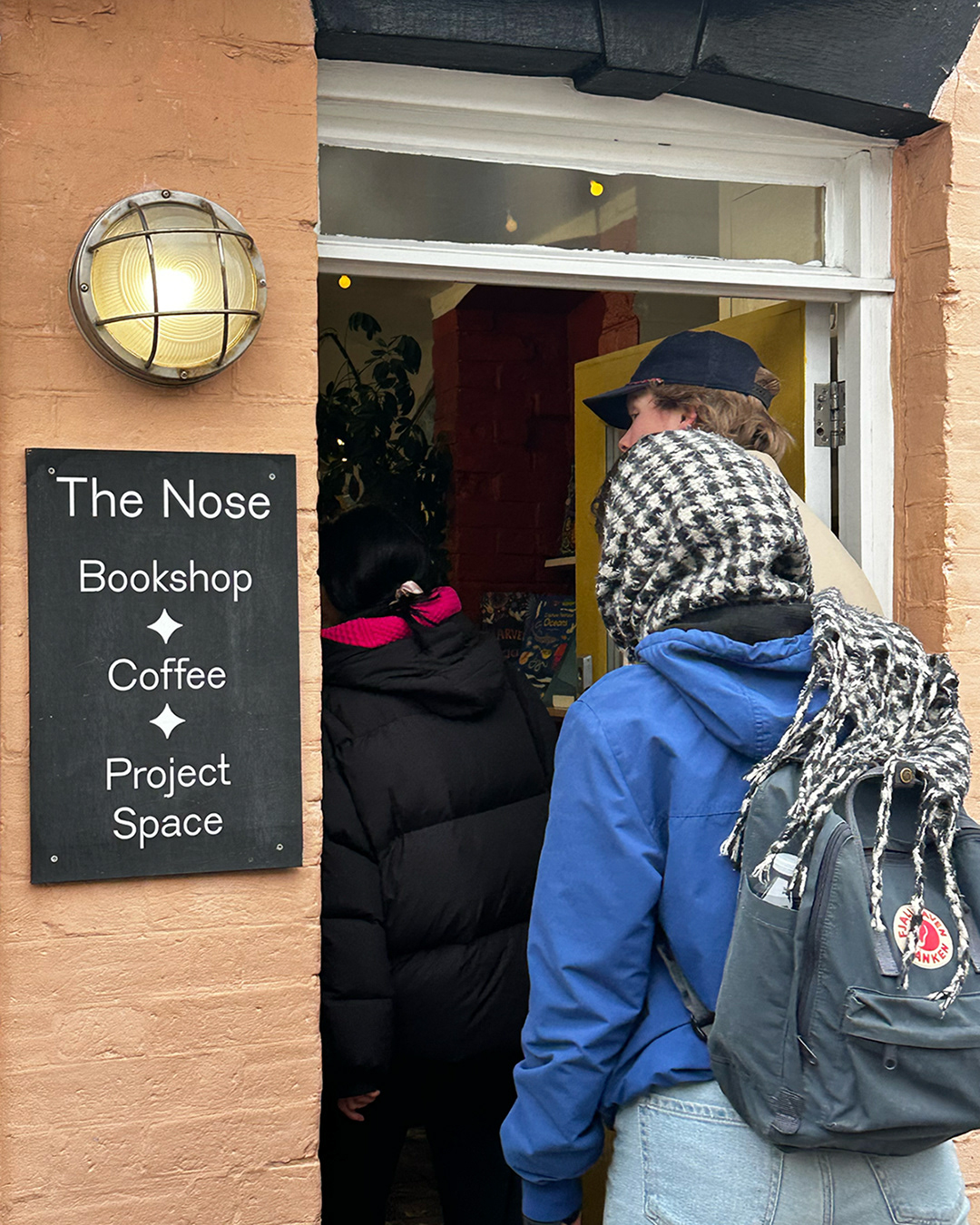

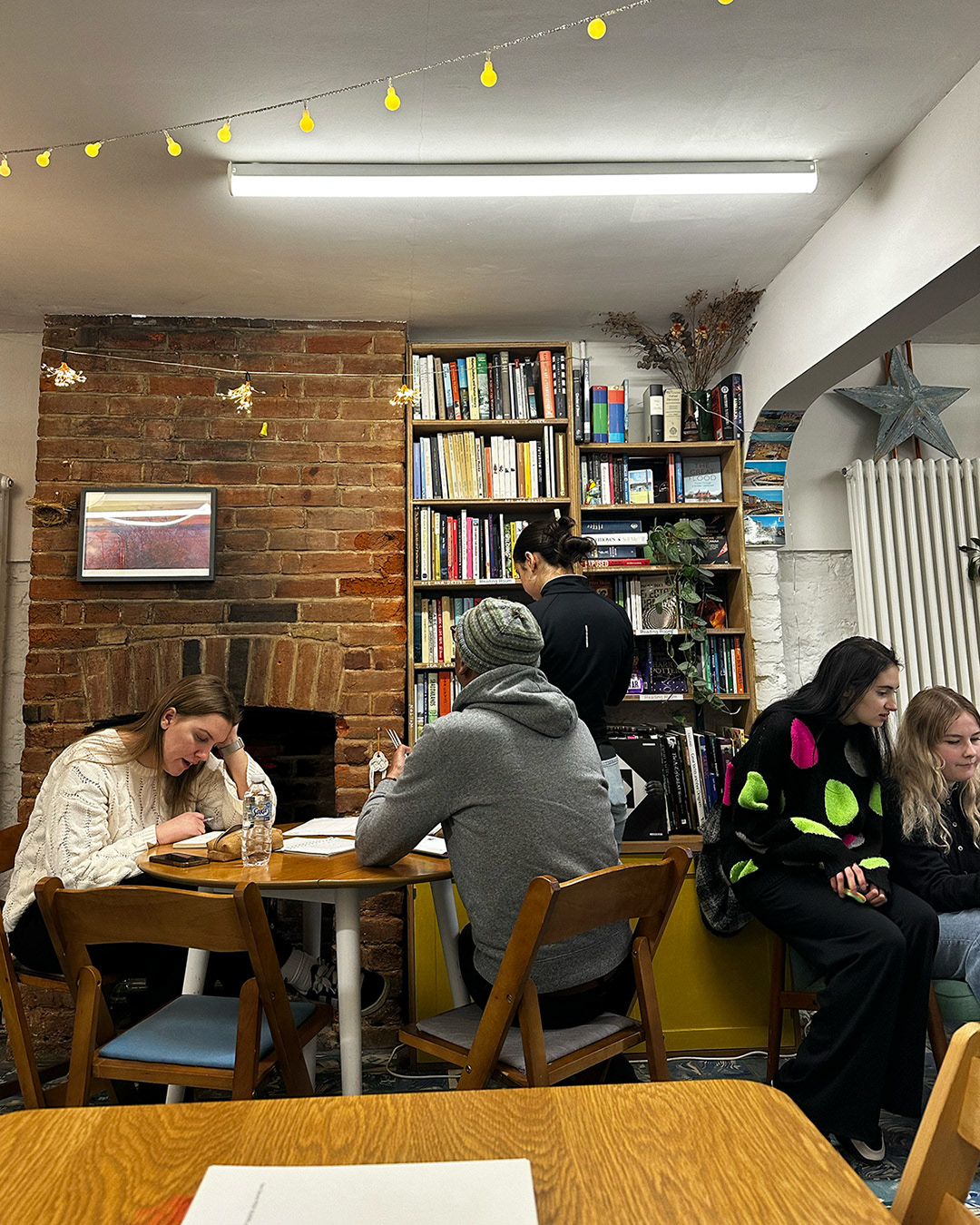
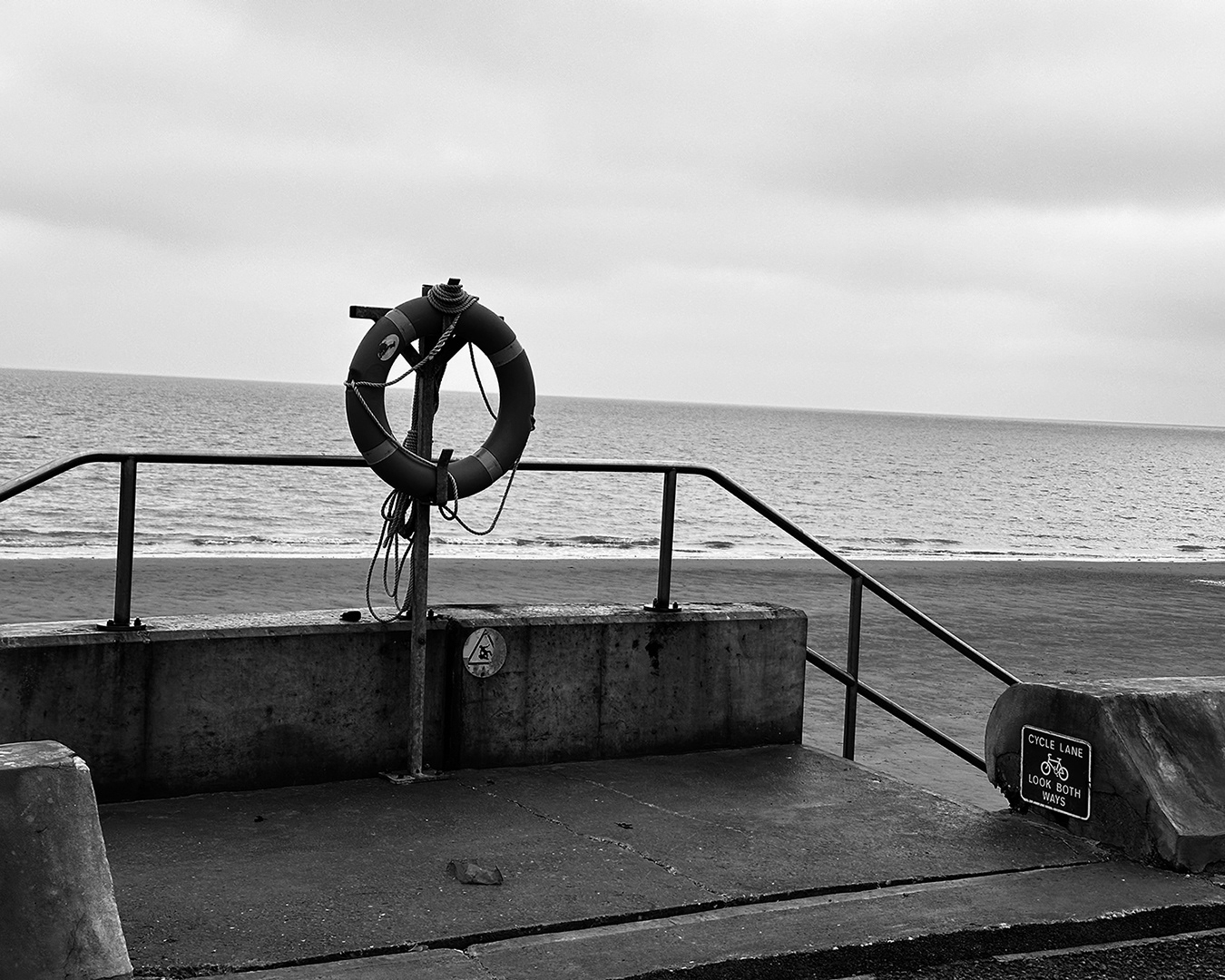
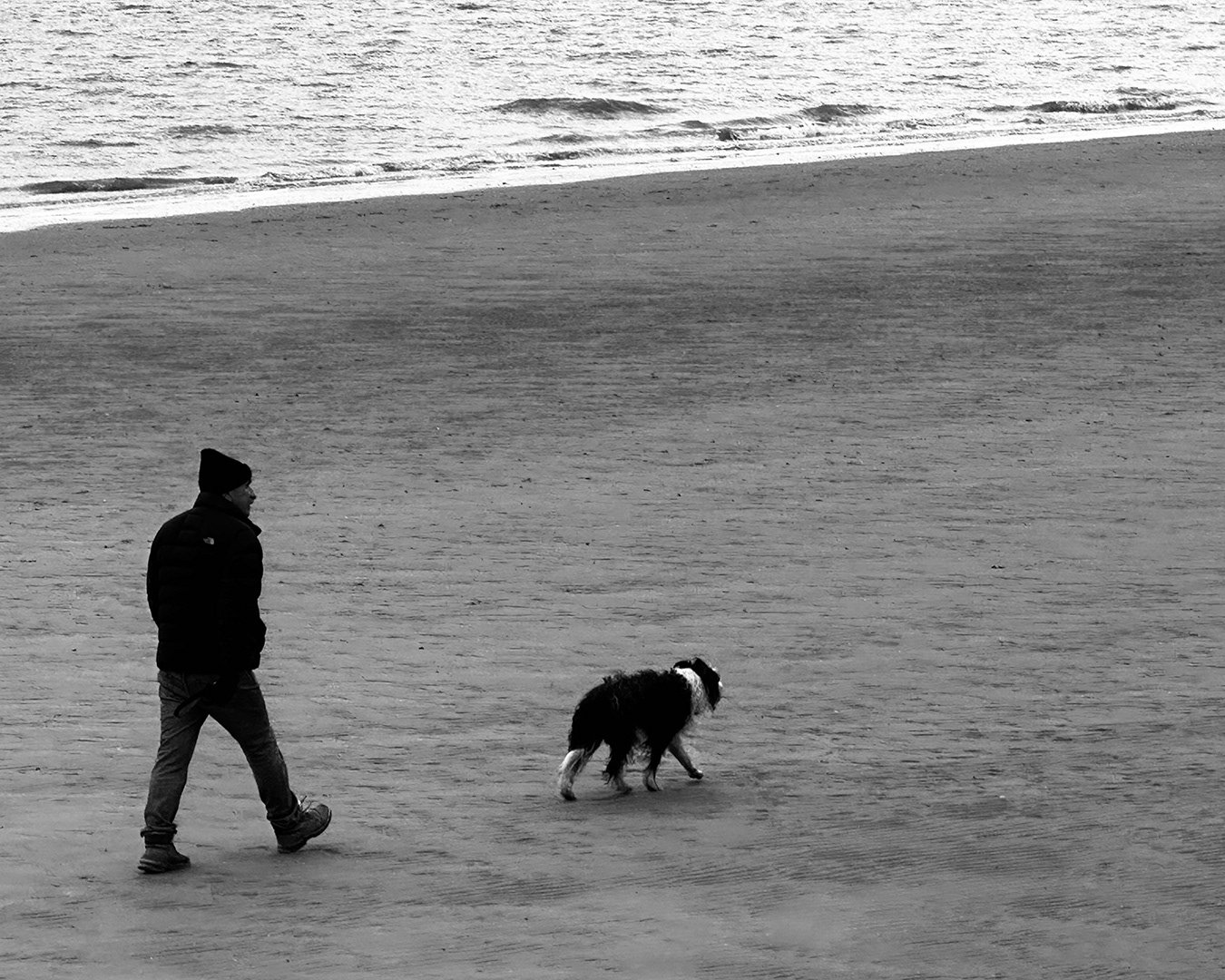
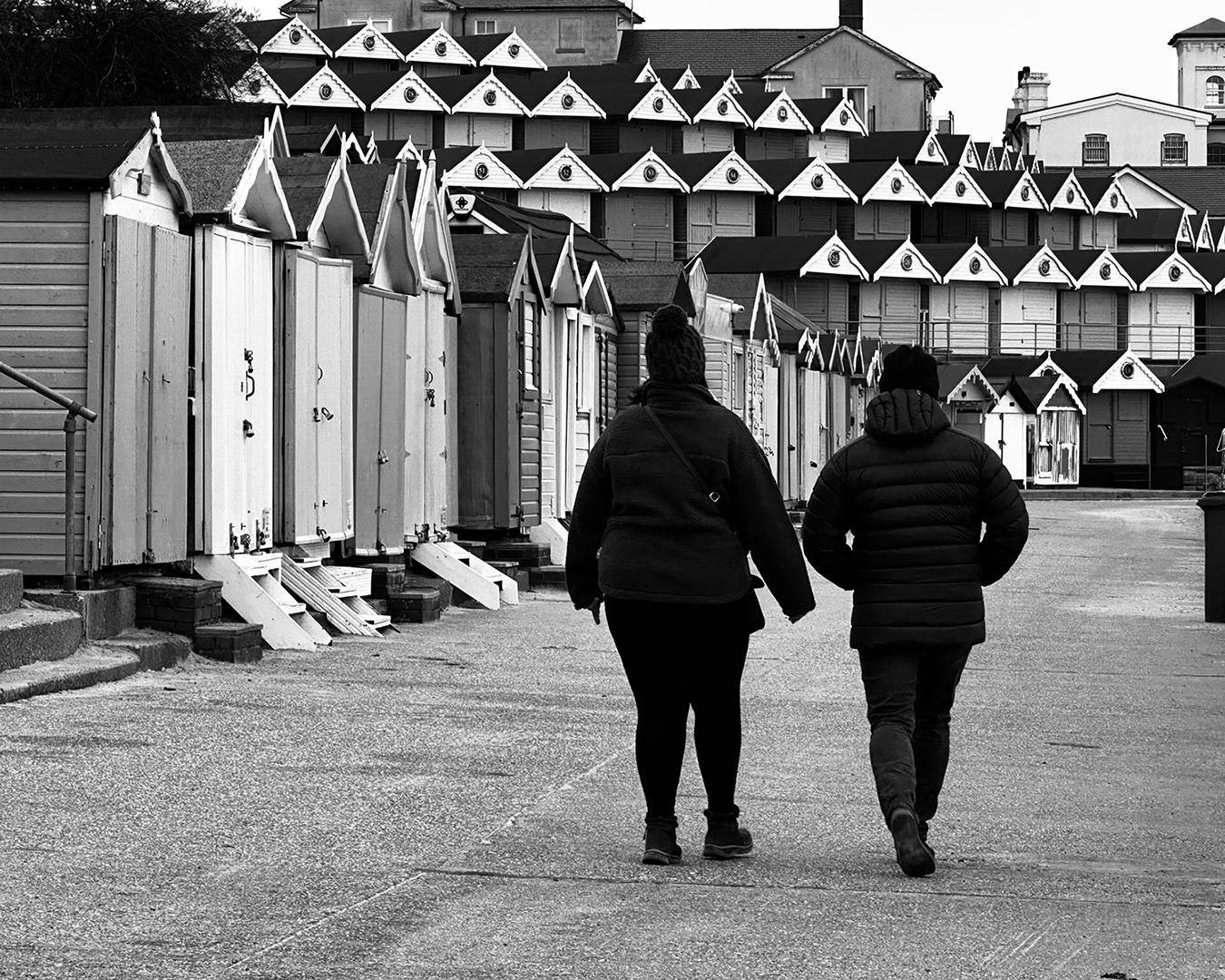
Visit to Sample & Hold
During the course, we had the chance to visit Sample & Hold, a 3D scanning studio hidden away in Central London. Walking into the space felt like stepping into a futuristic lab, full of custom rigs, cameras, and setups that could scan people in ultra-detailed 3D. Sam, who showed us around, explained how they’ve worked on everything from characters in AAA games to sculptures for Turner Prize-winning artists. It was really cool to see how much care and creativity went into the work, and how this super technical process was still so connected to artistic vision.
What stayed with me was the way they used technology as part of the art, not just behind the scenes. That really got me thinking. I started reflecting on how I’ve been using digital tools myself, whether it’s drawing on a tablet, editing layouts, or even playing around with AI. I’ve always seen those tools as just “extras,” but after seeing Sample & Hold’s approach, I began to view them more as creative collaborators.
When I went back to working on Eggs Book, I started leaning into that mindset. I let digital media shape some of the images, using layering, digital textures, and even small bits of AI input to see where it could take the concept. The visit kind of gave me permission to mix the handmade with the digital in a way that still felt personal and playful. It was a reminder that there’s no one way to make art, sometimes it’s about letting different tools speak together until something interesting hatches.
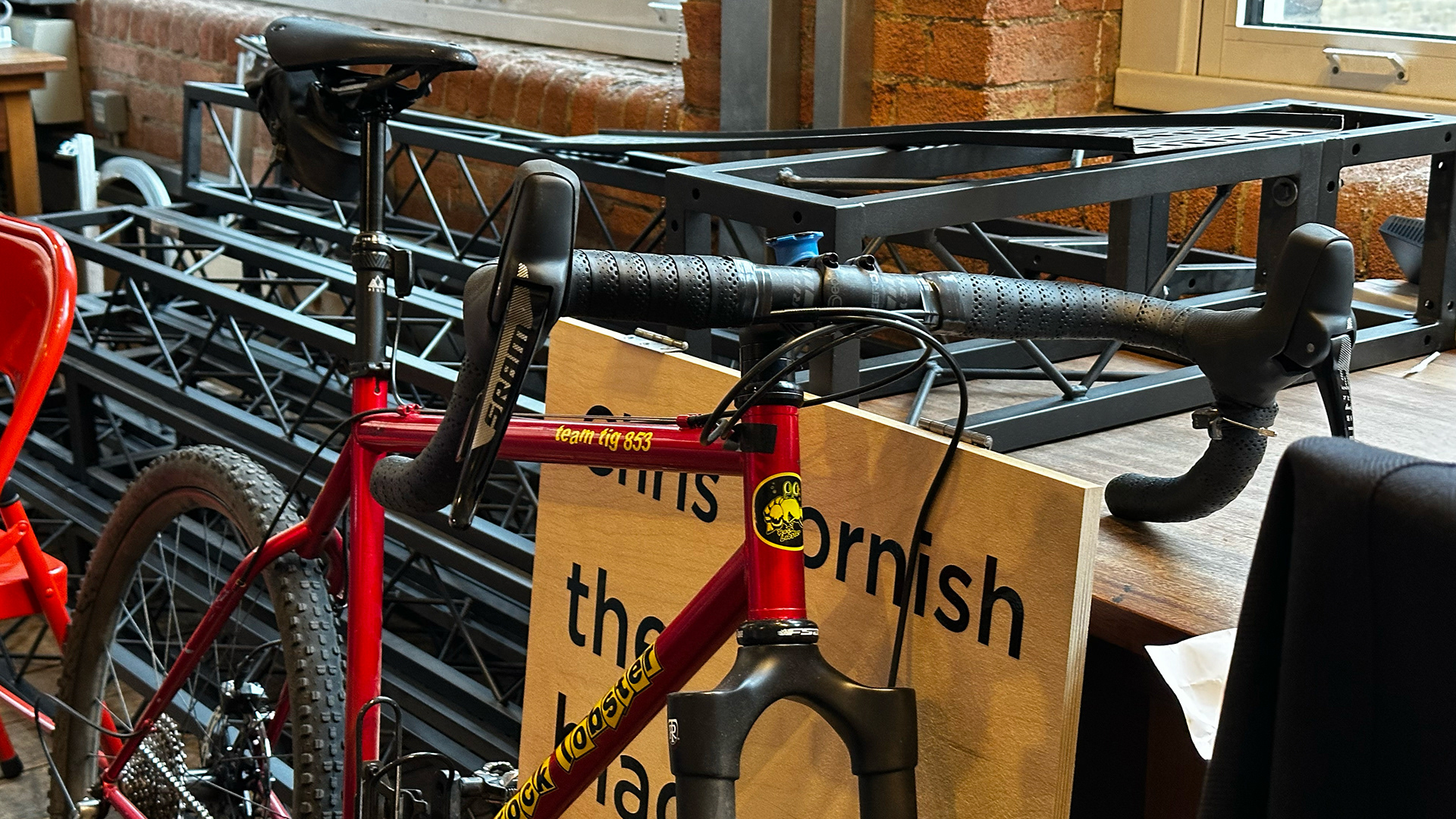
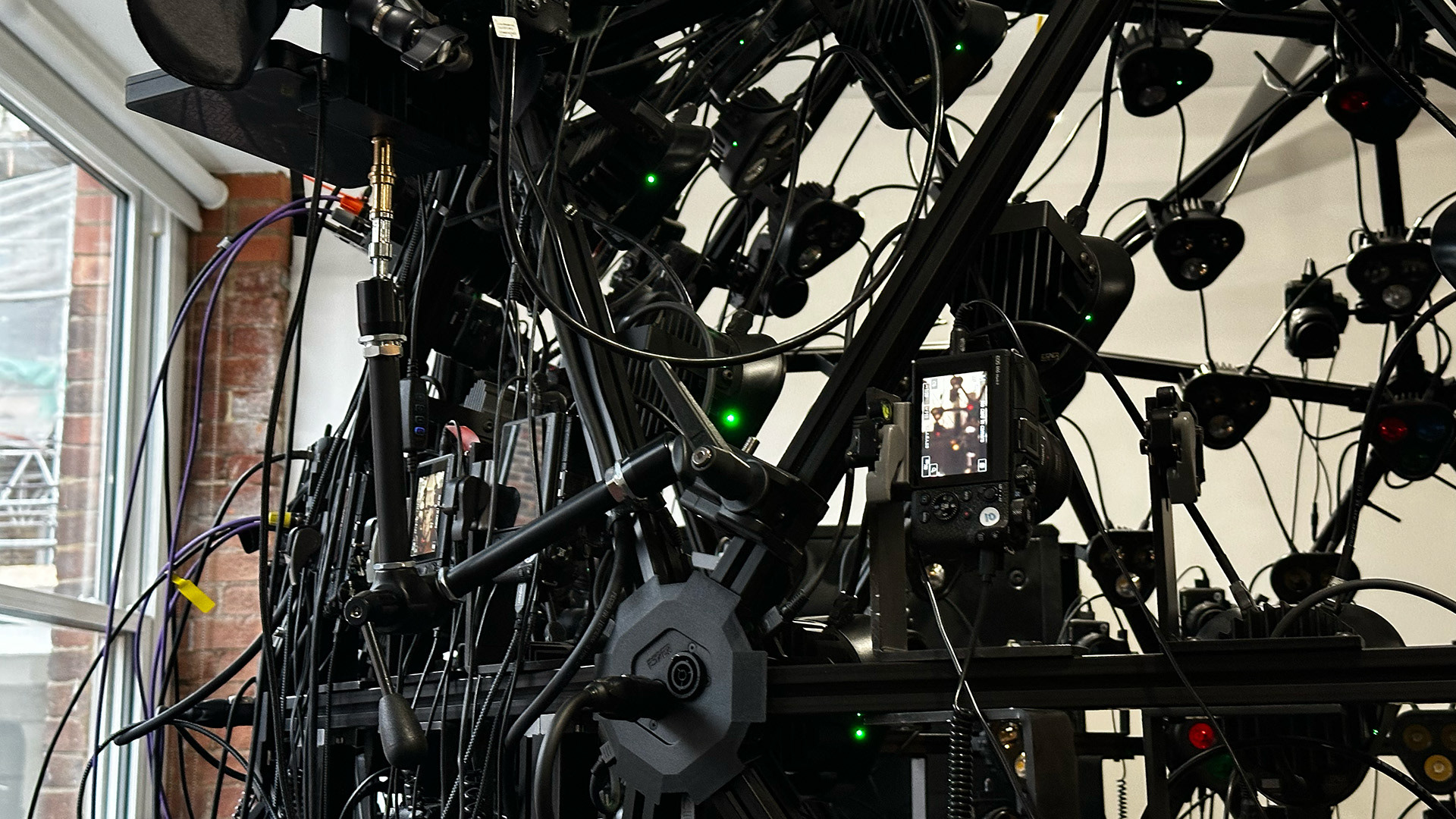
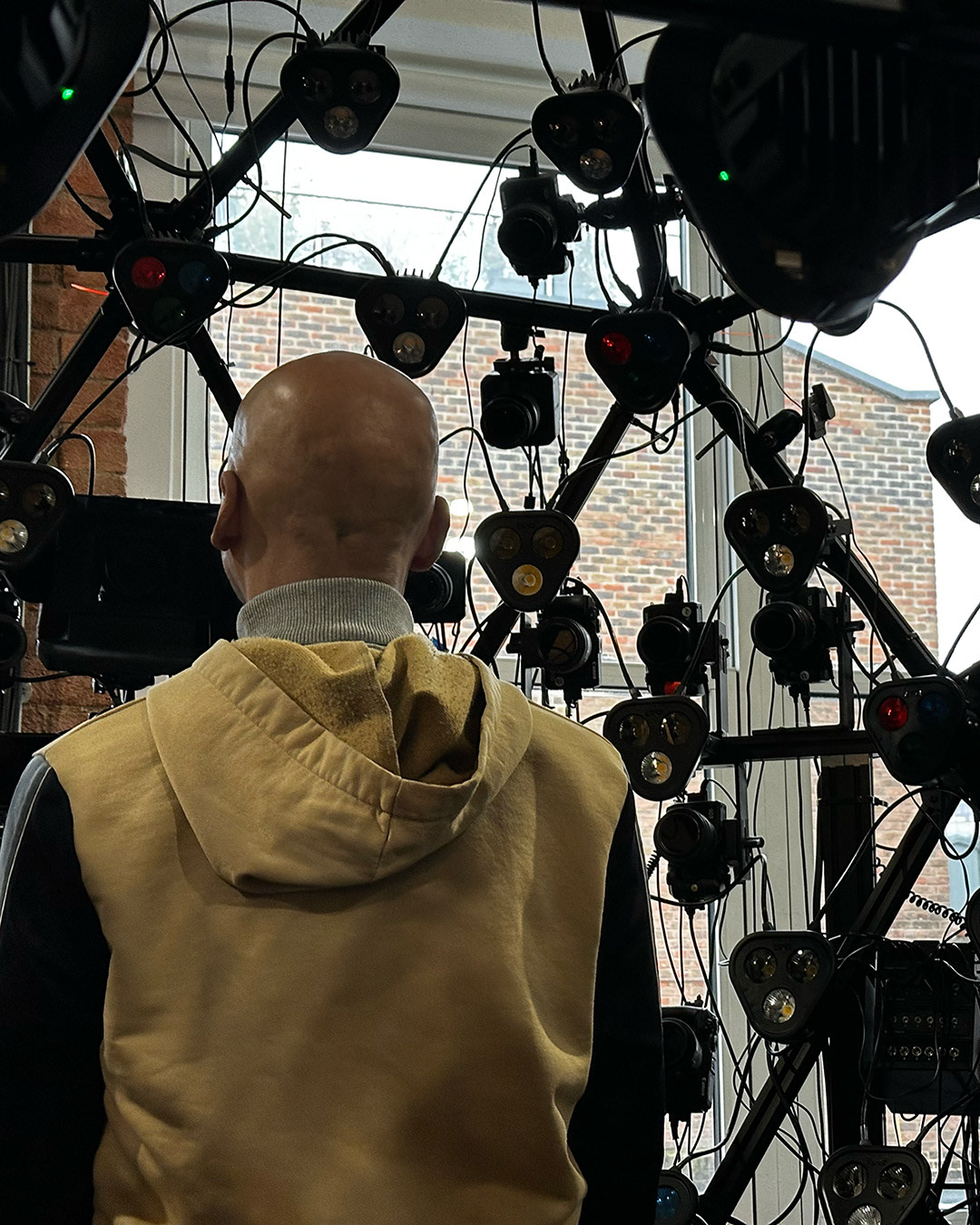
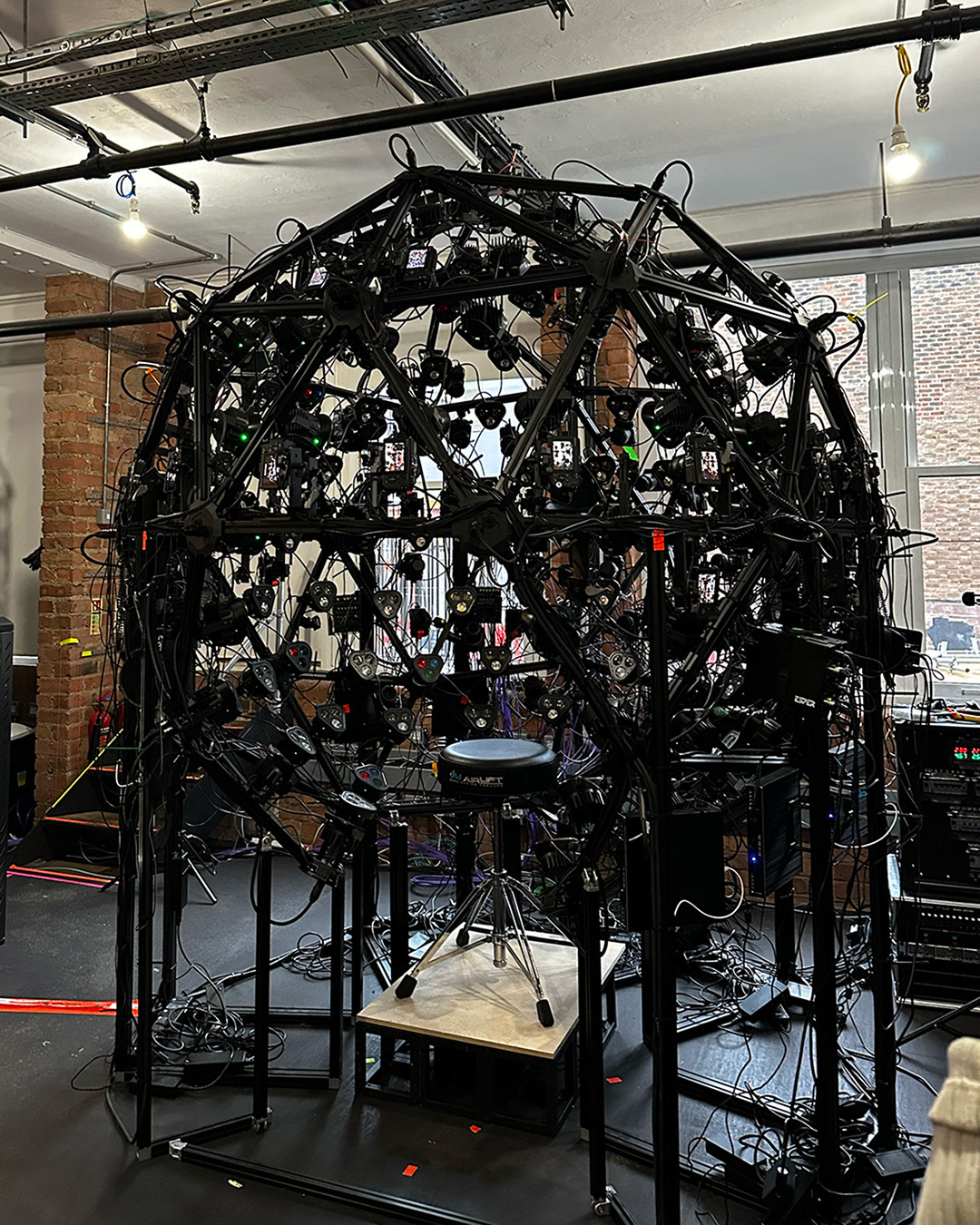
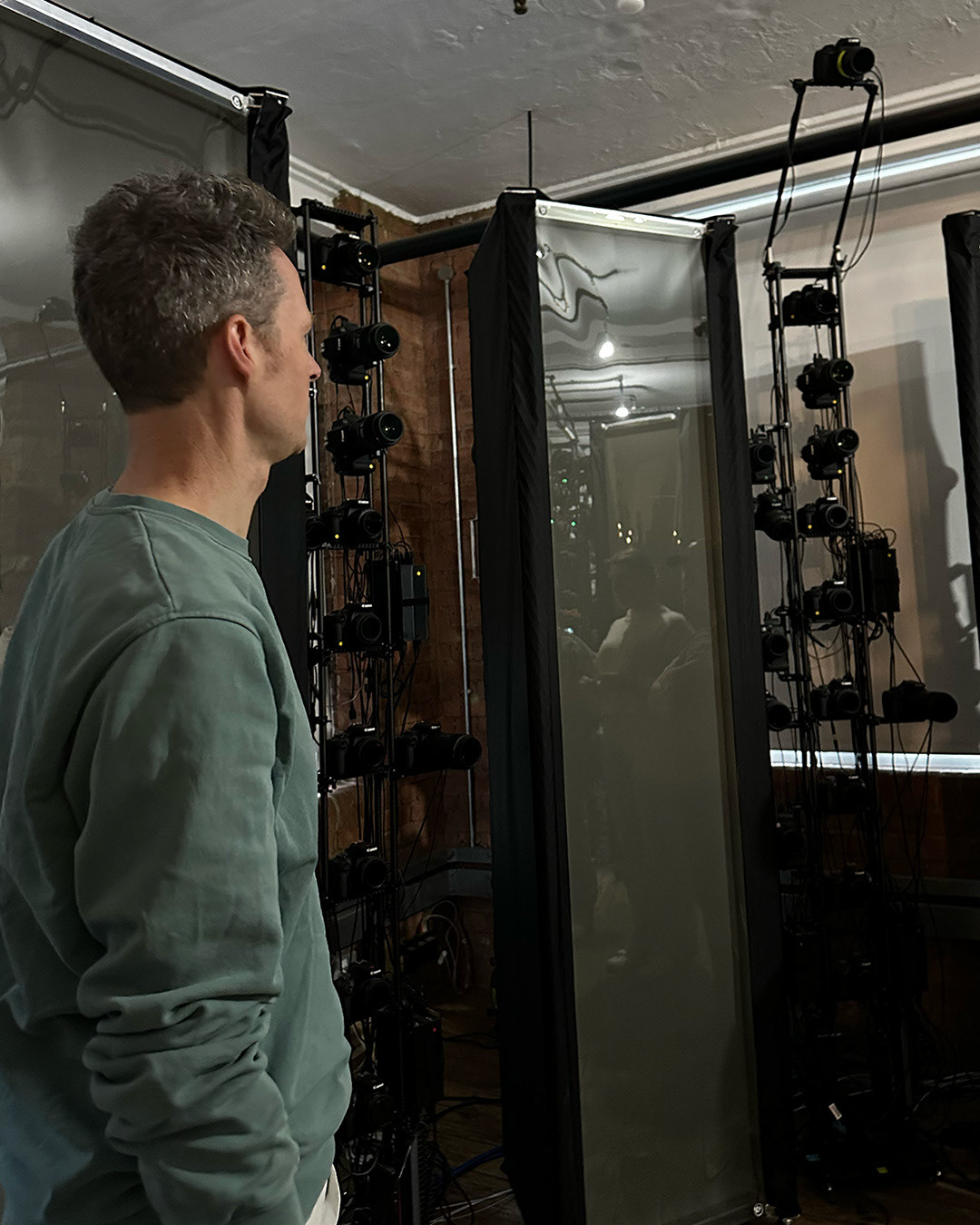
Artist Talk
Putting together my artist talk gave me the chance to step back and really think about how the different themes we explored in the course: community, conduct, nomad, cyborg, and surveyor, were shaping the way I work. As I prepared my presentation, I started noticing patterns in my own choices, especially how much I lean toward simple visuals that carry layered meaning, and how often I use humour, quietness, or a small gesture to say something bigger.
That process of reflection helped me build more confidence in my creative voice. I realized that my approach doesn’t have to be loud or overly complex to be meaningful. The talk reminded me that ideas can come from observing the world closely, from staying playful, and from letting digital tools be part of the process rather than just a support system. Those thoughts stayed with me as I continued developing Eggs Book, especially in how I balanced concept with intuition.
More than anything, the artist talk helped me shift into a more grounded mindset. It gave me language to describe what I do, and clarity about why I’m doing it. That sense of direction carried over into my final publication—helping me trust the work, shape the flow of the book, and stay connected to the ideas that made me want to create it in the first place.
- ARTIST PUBLICATION -
- Why Eggs? -
I honestly can’t remember the exact moment I decided to start drawing eggs, it kind of just… happened. At first, it was just a visual I kept coming back to. There was something about the shape, the texture, the simplicity, it felt like a blank canvas, but one that already carried so much meaning. Eggs are strange little things. They’re about birth, fragility, time, breakfast, and care. And somehow, all of that sat quietly in one smooth oval.
So I started playing. I’d draw one with a zipper. Then one on a washing line. One turned into a clock. Another became a lightbulb. It was fun, but the more I did it, the more I realised this wasn’t just about making funny drawings. The egg had become a way for me to explore all kinds of ideas, some playful, some personal, and some even philosophical. It became a space to experiment with design, visual metaphor, storytelling, and just seeing how far a simple object could stretch.
In a way, Eggs Book became my sketchbook, my playground, and my reflective journal all at once. I let it grow slowly, image by image, with each page following the last in a quiet rhythm. I didn’t try to control it too much. I just followed the shape. And that ended up leading me to something that feels honest, a little absurd, and totally mine.
- ORIGIN -
Once the idea settled, I just started drawing, no big plan, just one egg after another. At first, it was a way to warm up creatively, but the more I played with the form, the more it started to speak. The egg became everything: a lamp, a cloud, a record, a clock. Some drawings were funny, some oddly poetic, and all of them felt like part of the same quiet world. Bit by bit, the collection grew, and without really meaning to, I had built something that felt like a story-told through repetition, play, and transformation. That’s when I knew it was becoming Eggs Book.
- RESEARCH -
When I first started thinking about the egg as a central object, I didn’t expect to find so many artistic, philosophical, and symbolic layers attached to it. But as I began to explore it more seriously, I realised how rich and strange this one simple form could be. The egg has appeared throughout history, as a symbol of birth, time, mystery, perfection, fragility, even the universe itself. That made me curious: how have other artists handled this kind of subject?
I came across Surrealists like René Magritte, who famously used eggs as visual metaphors for potential and contradiction, objects that are both ordinary and deeply strange. His piece Elective Affinities really stuck with me: a giant egg in a birdcage, full of tension and absurdity. I also looked into Sarah Lucas, whose use of eggs in sculpture and photography is both playful and provocative, she turns the everyday into something cheeky, uncomfortable, and full of commentary.
Beyond that, I also found inspiration in more minimal and poetic work, artists like Ed Ruscha, who mix image and text in quiet, often humorous ways. And in design, I was influenced by mid-century book layouts and graphic forms that felt clean, clever, and intentional. Even children’s books became part of my research , how they use repetition, page rhythm, and visual metaphor to build meaning in simple, powerful ways.
All of these references helped me realise that Eggs Book didn’t have to explain itself. It could be strange and light and open-ended as long as it stayed honest and visually clear. The research helped me not just understand the egg, but trust it as a space to experiment.
- Visual Language -
The visuals in Eggs Book are simple on the surface, just one egg per page, always centered, always quiet — but each one is doing something slightly unexpected. The idea was to create a kind of visual rhythm, where the viewer turns each page and is met with a small surprise. One egg is floating like a balloon. Another is sliced open like a sushi roll. One hangs on a washing line, another spins like a vinyl record. Each image feels a bit like a short thought, a tiny joke, or a daydream you almost forgot.
I wanted the drawings to feel light and minimal, but still thoughtful, so I kept the backgrounds clean and let the egg carry the focus. The style is inspired by ink sketches and retro prints: strong lines, flat shadows, and a kind of handmade imperfection. Everything was drawn digitally, but I used brushes and textures that gave it a more analog feel. I wanted the book to feel like something between a sketchbook and a visual poem.
I treated each page like a beat in a sequence. Some are funny. Some are quiet. Some just let you sit with the shape of an egg and wonder what it’s about. Together, they form a kind of visual conversation.
- Documentation -
The Physical Version of Eggs Book was printed as a hardcover publication on textured paper.
It’s designed to feel intimate and tactile, inviting quiet page-by-page discovery.
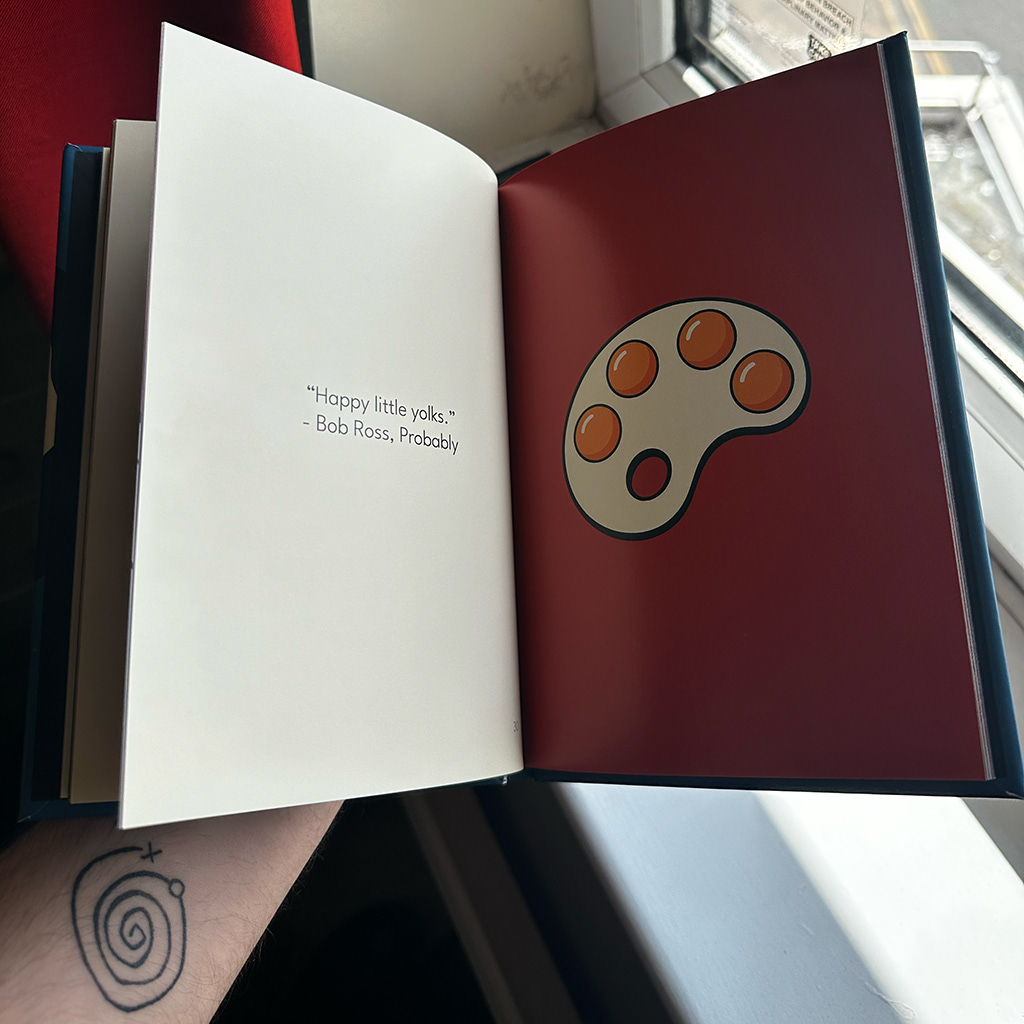


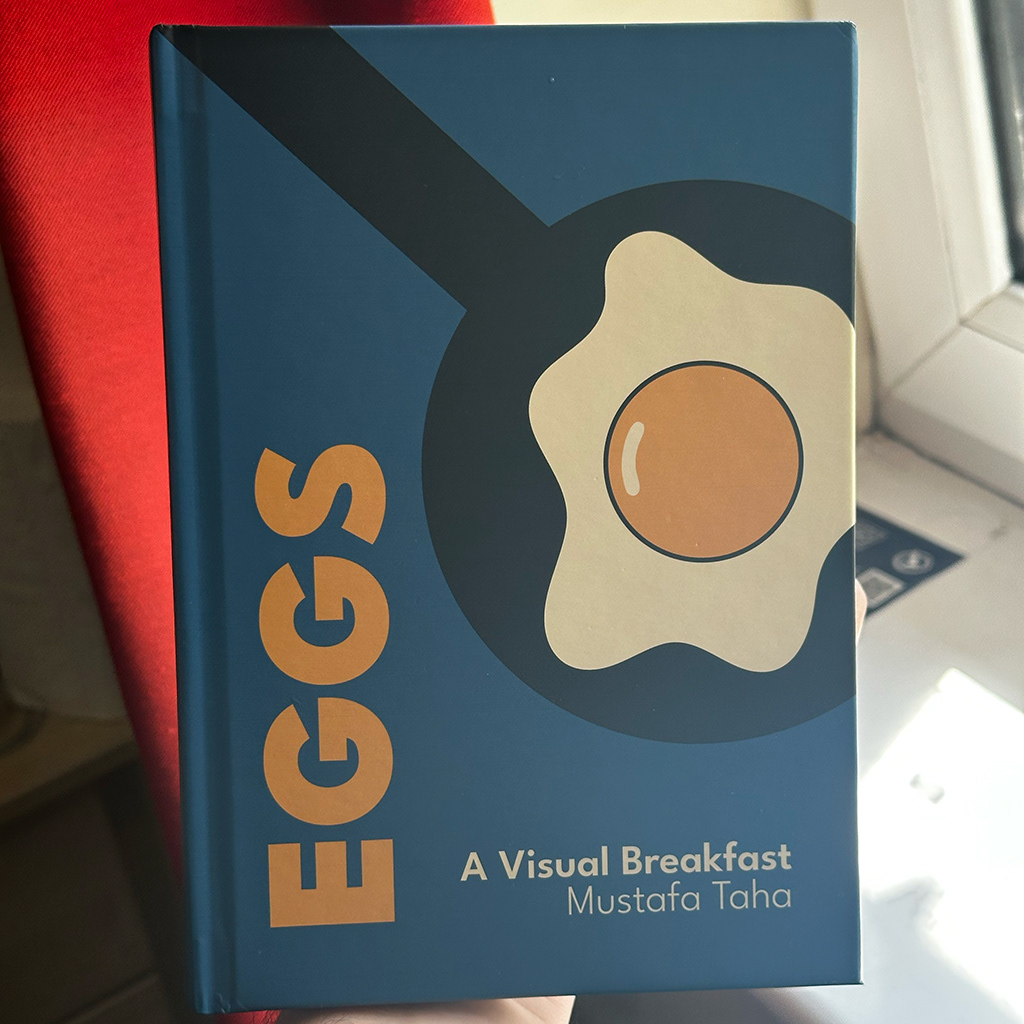
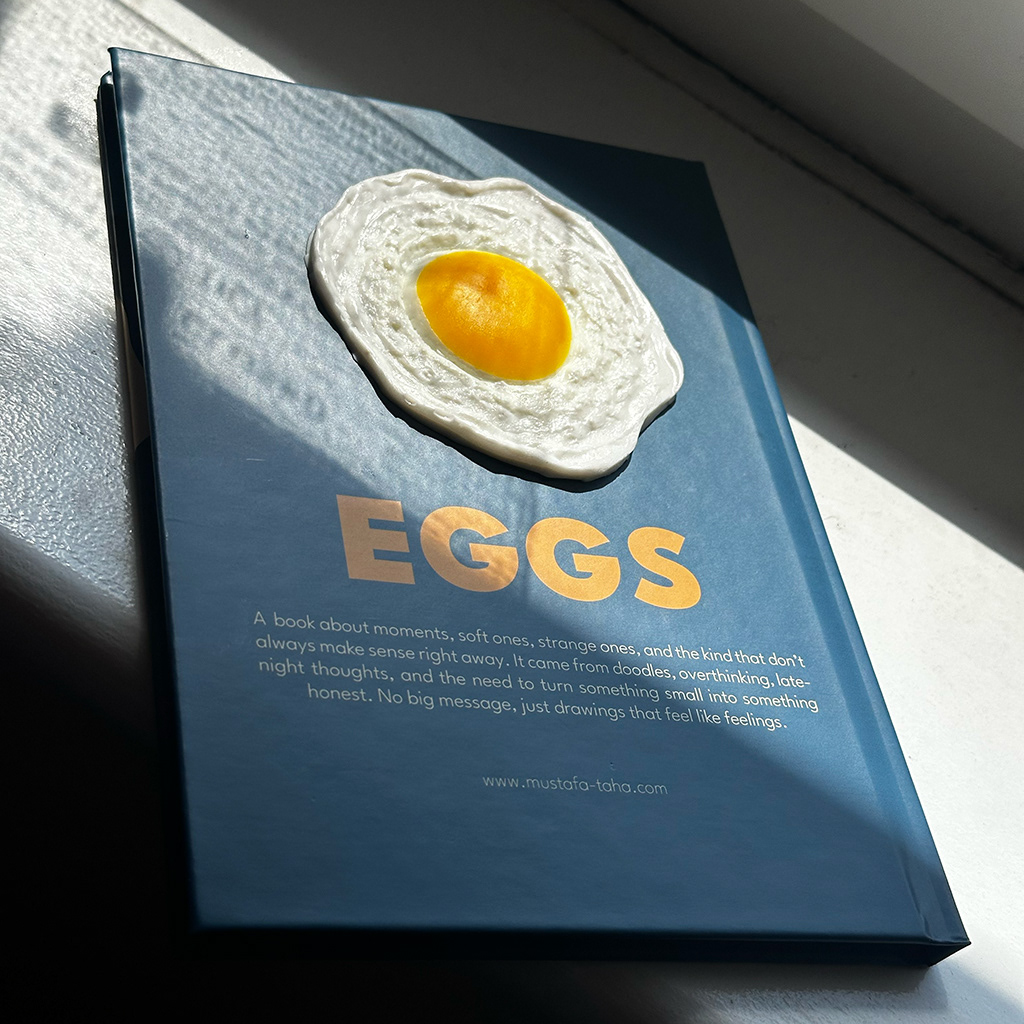
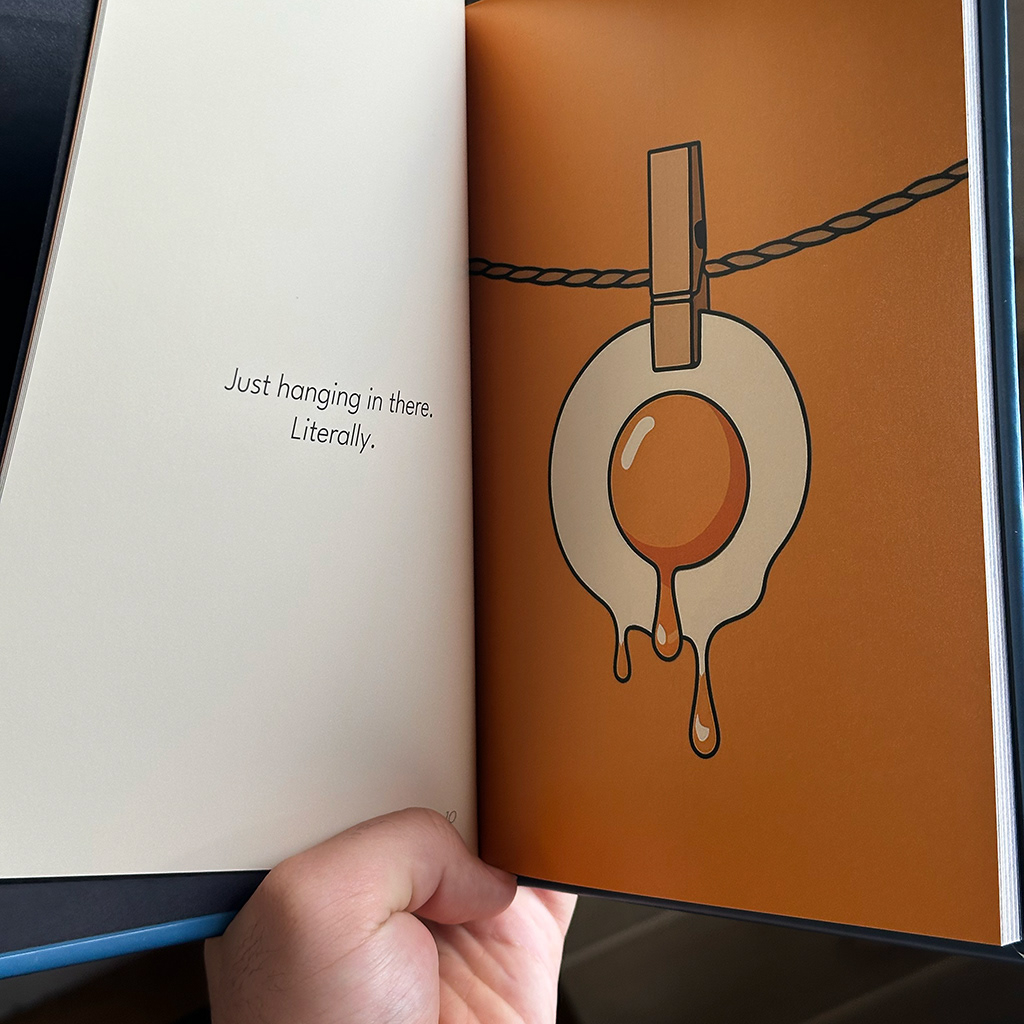
You can check out the Digital Version of Eggs Book here:
It includes the full sequence of visuals, layout, and design.
- CLOSING -
Eggs Book started as a small experiment but grew into something that feels personal, playful, and quietly reflective. It brought together everything I’ve been exploring throughout the Aesthetics and Practice module, from visual storytelling and digital making to intuition, and conceptual thinking. It became a way for me to trust my creative process.

